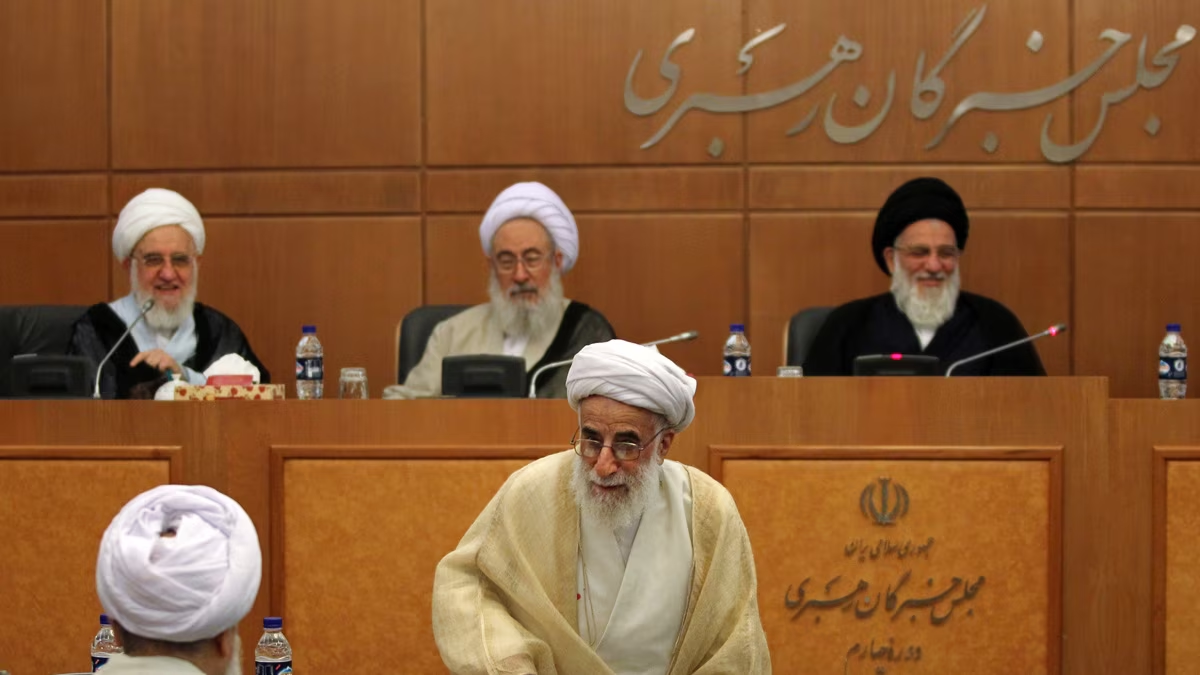Iran Presidential Election: The Race to Succeed Raisi.
The end of official mourning for Iranian president Ebrahim Raisi has sparked a battle for succession, with up to 20 credible names proposed. All candidates in the Iran presidential election must be cleared by the 12-member Guardian Council. The regime is torn between ensuring continuity and allowing open competition to boost turnout and legitimacy.
The election on June 28, triggered by Raisi’s death in a helicopter accident last Sunday, has the potential to reveal political divisions within the regime. Supreme leader Ayatollah Ali Khamenei aims to avoid this to maintain stability. While personalities, backroom deals, and relationships with the supreme leader dominate the elections, ideology is also significant.
Key Candidates Announced
Saeed Jalili, a hardliner and former main nuclear negotiator, announced his candidacy on Sunday. Jalili has previously run for the presidency but withdrew in favor of Raisi four years ago. Former president Mahmoud Ahmadinejad, known for his unpredictable populism, hinted at a possible run but is unlikely to be cleared.
Tehran’s mayor, Alireza Zakani, shares a similar outlook with Jalili. Although he has not decided, sources indicate he is preparing a campaign team. Traditional conservative candidates include Parviz Fattah, former head of the Mostazafan Foundation, and Mohammad Baqer Qalibaf, parliament speaker from 2020 to 2024.
Reformists and Hardliners
With reformists largely excluded from parliament, the main divisions are between traditionalists and the Paydari Front. The Paydari Front consists of anti-western Shia supremacists who oppose any compromise, including on the nuclear deal.
Registration and Potential Candidates
Registration for the Iran presidential election starts this Thursday and lasts for four days. Based on precedent, up to 10 candidates may join the first round, though only four stood in 2021. Doubts remain about whether Ali Larijani, a centrist and former parliament speaker, will run or be allowed to run. Larijani denied reports of entering the race but stated any decision would be announced through official channels. His participation would signal the regime’s recognition of the need for a president with a genuine mandate. He has the backing of former president Hassan Rouhani.
Interim President and Other Contenders
If the race becomes unpredictable, current interim president Muhammad Mokhber may be asked to stand. Mokhber, trusted for his business dealings and handling the supreme leader’s affairs, has a shadow of corruption and ineffective Covid vaccine rollout that might not endear him to the average Iranian.
Parviz Fattah, head of the Execution of Imam Khomeini’s Order (EIKO), is another possible contender. In parliament, Mousa Ghazanfarabadi, known for advocating stricter hijab enforcement, was elected interim leader of the largest faction. Ghazanfarabadi also played a role in jailing Nazanin Zaghari-Ratcliffe, a British-Iranian dual national.
Nuclear Negotiations Amid Election
Meanwhile, three European powers are considering a motion at the International Atomic Energy Agency (IAEA) board of governors meeting on June 3. They aim to address Iran’s failure to grant improved access to nuclear sites. IAEA director-general Rafael Grossi is negotiating for better access, but progress has slowed due to Raisi’s death. Ali Shamkhani, the political adviser to the supreme leader and former secretary of the supreme national security council, has been appointed to lead the nuclear negotiations.


